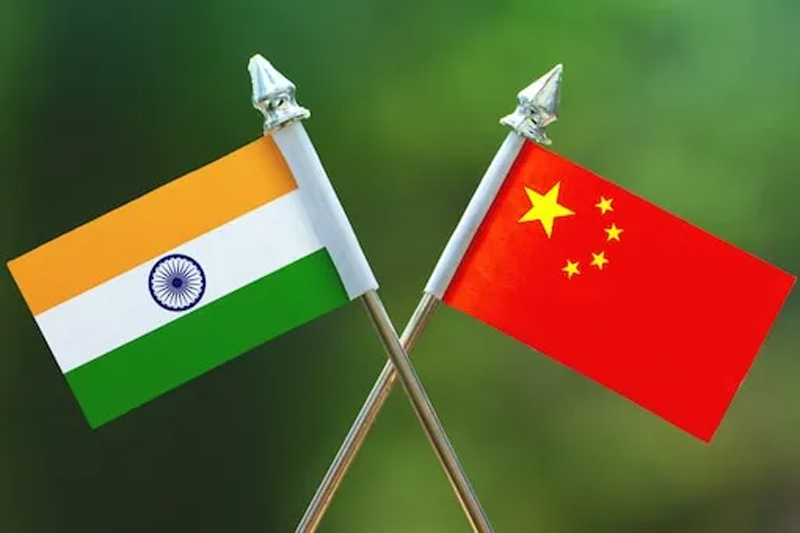The theaterisation process in the military is making progress as consensus is emerging among the three services on the ambitious initiative, Defence Minister Rajnath Singh said in first clear remarks reflecting forward movement in the mega reform initiative.
In an exclusive interview to PTI, Singh said the talks between India and China are going on “well” for the resolution of the eastern Ladakh border row and hoped that a solution to the standoff will be found.
Singh also said that India has been developing infrastructure along the frontier with China at a rapid speed, and asserted that the country’s borders will remain safe.
“The talks are going on well,” he said on the India-China military dialogue on the eastern Ladakh row, declining to elaborate further considering the sensitive nature of the matter.
Asked whether he was hopeful of a positive outcome and an end to the nearly four-year face-off between the two militaries, Singh shot back: “If there was no hope, then why to have talks.”
“They (the Chinese side) also have hope and that is why they are holding the talks,” he said.
The Indian and Chinese militaries have been locked in a standoff since May 2020 and a full resolution of the border row has not yet been achieved though the two sides have disengaged from a number of friction points.
Broadly referring to military reforms, Singh said the armed forces are committed to the theaterisation initiative because it will integrate the capabilities of the three services and ensure better utilisation of resources.
Under the theaterisation model, the government seeks to integrate the capabilities of the army, air force and navy and optimally utilise their resources for wars and operations.
“The theaterisation process has started. There has been progress on it. Consensus is emerging on it among the three services as it will ensure better utilisation of resources and enhance the military’s overall capabilities,” the defence minister said.
Singh declined to provide a timeline for rolling out the theatre commands and said it took close to 20 years in certain countries where theaterisation plan was implemented.
“We are working on it,” he said, refusing to share more details on the mega project.
As per the theaterisation plan, each of the theatre commands will have units of the Army, the Navy and the Air Force and all of them will work as a single entity looking after security challenges in a specified geographical territory under an operational commander.
The original plan entailed setting up around six new theatre commands.
At present, the three forces have a total of 17 commands.
Under the theaterisation plan, the defence ministry initially planned to create an Air Defence Command and a Maritime Theatre Command.
This Maritime Theatre command would be tasked to secure India from seaborne threats while the Air Defence Command would be mandated to deal with airborne enemies.
The defence minister also heaped wholehearted praise on the Indian Navy for its numerous operations in foreign waters where it assisted several merchant ships commandeered or threatened by pirates.
The Indian Navy has performed a “miracle” (karishma), Singh said.
The minister also dropped hints of the government’s readiness to positively consider the Navy’s proposal for the construction of a second aircraft carrier.
The Navy has been making a strong pitch for having the second indigenous aircraft carrier (IAC-II) with a displacement of 45,000 tonnes which is estimated to cost close to Rs 40,000 crore with the envisaged specifications.

